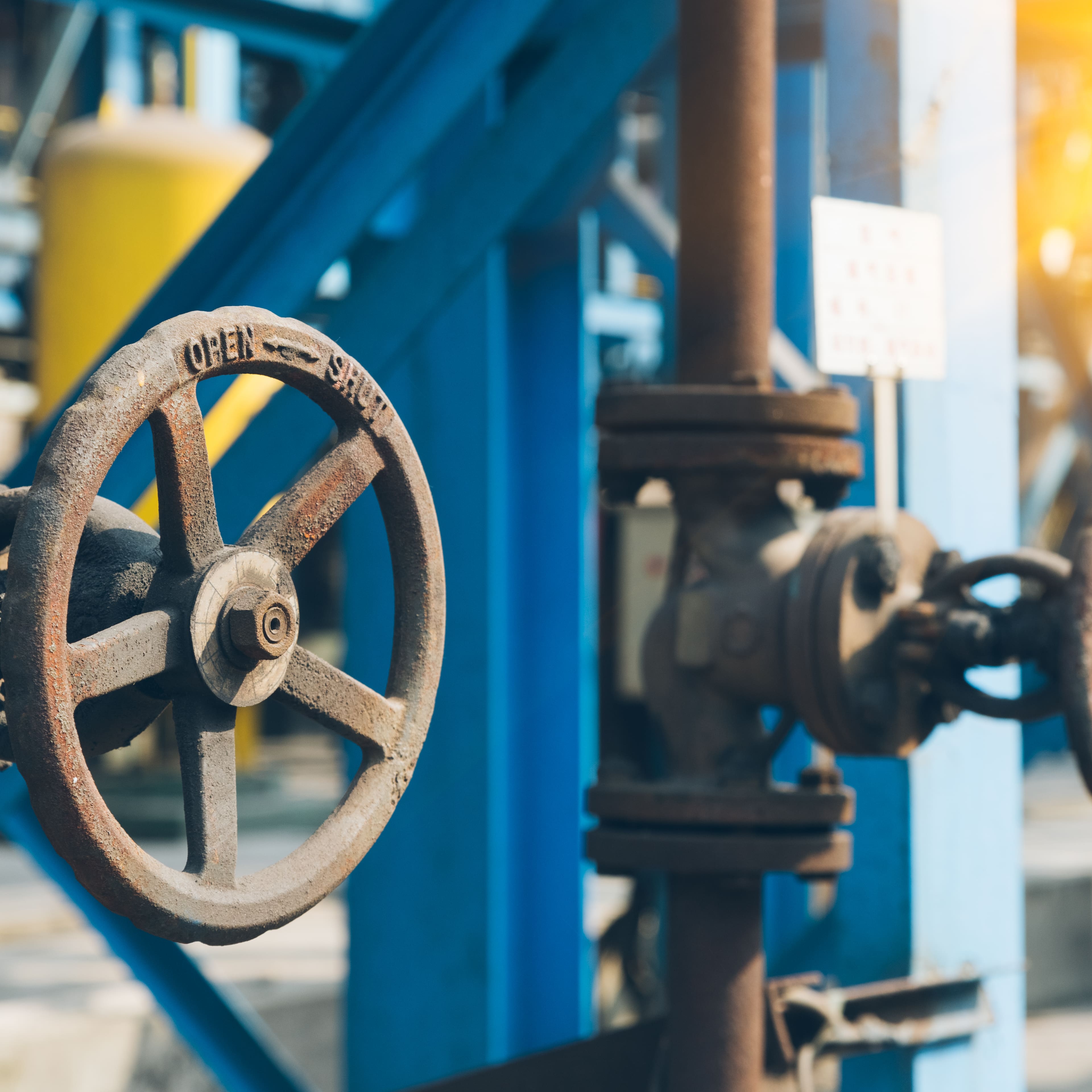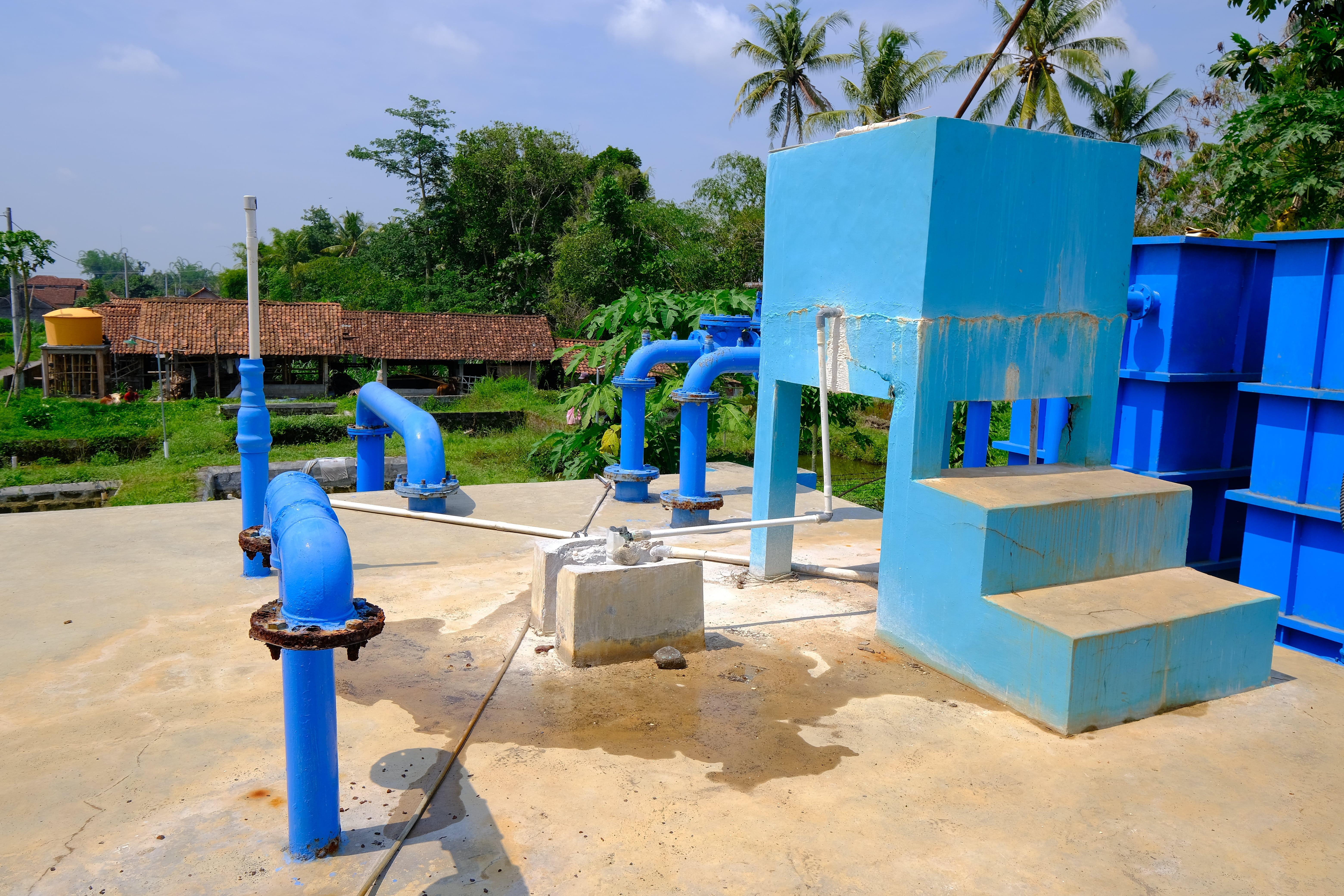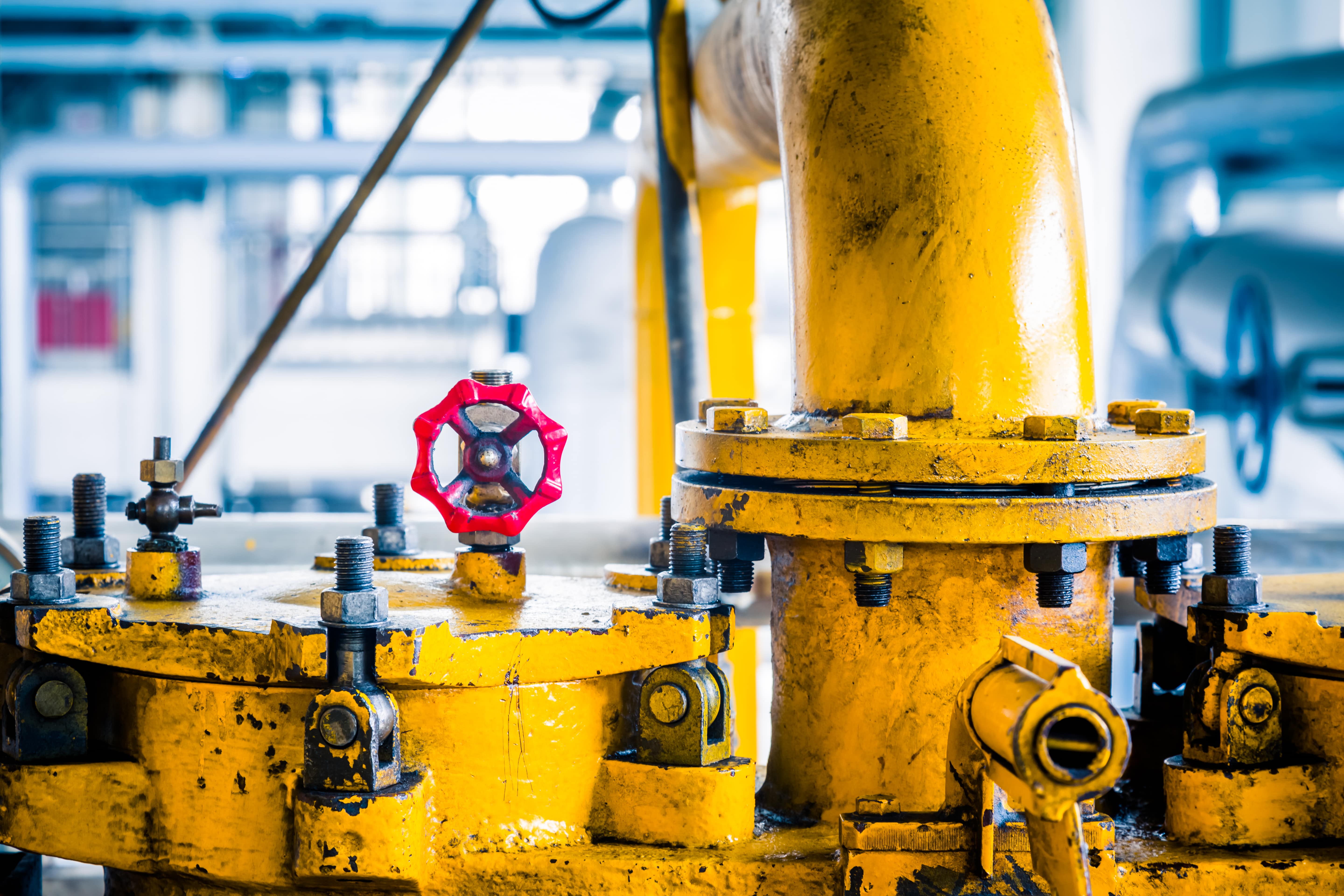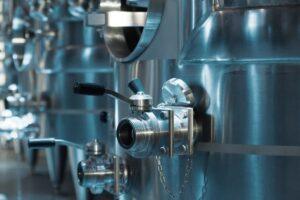
Water pump systems provide water to homes, industries, and fields every day. These systems include pipes, motors, and simultaneously working pumps. Efficiency in a water pump system changes how it performs. It saves energy, increases reliability, preserves water, reduces costs, and protects the environment. Upgrade to an efficient system is rapidly cured. This AMED article dives into these benefits and why they matter. Are you ready to save money and water? Explore benefits and take action today!
Energy Savings
Efficient water pump system energy use slash. They rely on smart designs to move water with low electricity. Different pump types — like centrifugal pump, diaphragm pump, rotary pump, and peristaltic pump — for unique energy-saving allowances. It gives a big time to electricity waste. A specific house can save 20–40% on bills with a skilled water pump. Industry looks at 50% of the droplets depending on the system. Demand for low energy also reduces greenhouse gas emissions. This is a win for your wallet and the planet. Let’s see how each pump type contributes.

Centrifugal Pumps
Central pumps excel in energy efficiency with high flows. They push the water using a customized spinning blade called an impler. These blades spin rapidly, converting motor power into water speed with minimal damage. Highlight the designs that maximize this effect of Amed’s Centrifugal Pump. A well-installed unit-uchit pump installation tips — can cut energy use up to 30% compared to older models. In homes, they love water supply functions. Industries use them for heavy-duty pump applications such as irrigation or cooling.
Diaphragm Pumps
The diaphragm pumps save energy through precision. They move water with a flexible diaphragm, not with constant spinning parts. This on-off action uses only power when needed. Think of chemical dosage or small-scale water transfer. They always use less power than the system. Proper pump installation — level foundation, tight seal — further improves their efficiency. Energy savings in the domestic water pump system were 25–35%.
Rotary Vane Pumps
Rotary pumps provide stable flows with low energy draws. They use a van slipping into a rotor to push the water smoothly. It bites friction and power spikes. AMED’s rotary vane pump shares this theory, providing efficiency in viscous liquid functions. A water booster pump can save 20% on traditional pumps using this technique. They are cool and consistent, requiring perfect pressure for pump applications.
Peristaltic Pumps
A peristaltic pump squeezes water through tubes, saving power. They act like a heartbeat and use rollers to move liquids without waste. No backflow means less energy. Amed lists them for an accurate, small-volume job like medical or lab water systems. They can trim energy costs up to 30% in niche uses. Installation matters — the tubing should be kink-free to the tubing guide. They are ideal where accuracy defeats raw power.
Choosing the Right Pump
Each type fits different needs. Centrifugal pumps rule high-volume tasks. Diaphragm pumps ace controlled bursts. Rotary pumps handle steady flows. Peristaltic pumps nail precision. Picking the right water pump system — and installing it right — maximizes savings. Your bill drops, and emissions fall, too.
Improved Performance and Reliability
A skilled water pump makes water strong. It also maintains constant pressure during the use of the summit. The water booster pump excels here, providing strength to high-growing buildings or large properties. They handle the big demands without staggering. Diaphrams manage hard fluids without pump clogging. Their tight seal prevents debris from entering. Rotary pumps oppose the jam with their smooth speed. They glide through chakras and avoid sudden stopping. These systems suffer less and suffer tears. Breakdowns fall up to 30%, according to studies. Your domestic water pump system will last for a long time and avoid expensive replacement. This means low service calls and more uptime.
- Water Booster Pumps: Water booster pumps excel at powering high-rise buildings or large properties. They push water to upper floors without losing pressure. These pumps handle big demands — like morning showers or irrigation — without faltering. Their robust motors resist strain, ensuring steady output every time.
- Diaphragm Pumps: Diaphragm pumps manage tough fluids without clogging. They use a flexible membrane to move water, keeping grit and debris out. Tight seals block particles from gumming up the system. This makes them perfect for harsh pump applications like wastewater or chemicals.
- Rotary Pumps: Rotary pumps resist jams with their smooth motion. They slide vanes inside a rotor to push water evenly. This cuts friction and prevents sudden stops. Their steady glide keeps performance reliable for tasks needing constant flow.
- Reduced Wear and Tear: Efficient designs lower stress on parts. Motors run cooler, and seals stay tight. This slashes breakdowns by up to 30%, per industry data. Your water pump system stays in top shape longer.
- Longer Lifespan: A reliable domestic water pump system avoids frequent replacements. Durable components — like rust-proof casings — extend life by years. You save on repair costs and downtime. Efficiency keeps it humming without hassle.

Water Conservation
Efficient water pump systems prevent waste. They use precise controls to deliver only what’s needed. Peristaltic pumps squeeze water through tubes, stopping leaks cold. Their design ensures every drop stays in play. A single leaky pump can lose 10 gallons daily — efficiency stops that. For pump applications like farming, this saves thousands of gallons yearly. One study found that efficient irrigation pumps cut water use by 20%. Cities with efficient systems report 15% less water loss. This matters in droughts. A good water pump supports sustainable living. It keeps resources flowing where they belong.
Precise Delivery
Efficient water pump systems match output to demand. They avoid excess flow with built-in controls. Sensors in modern pumps adjust speed instantly. This cuts waste by up to 20% in homes and fields. Homeowners notice smaller bills right away. Farmers get more from every gallon. It is a simple fix with big results.
Peristaltic Pumps
Peristaltic pumps squeeze water through tubes, stopping leaks cold. Their roller design ensures no backflow or spills. Every drop goes where it is meant to go. They are ideal for precise pump applications like lab work or small irrigation. Scientists rely on them for accurate dosing. Gardeners save water for delicate plants. Precision here means zero waste.
Water Booster Pumps
Water booster pumps deliver power without waste. They maintain pressure without over-pumping. In high-demand setups — like apartments — they save water by avoiding leaks. Efficiency here prevents thousands of gallons from being lost yearly. Tenants get steady showers without excess runoff. Property managers see lower utility costs. It is strength meets smarts.
Leak Prevention
A single old pump can leak 10 gallons daily. That’s 3,650 gallons a year gone. Efficient systems use tight seals and smart valves to stop this. Cities see water loss drop by 15% after upgrades. Residents face fewer shortages in dry spells. Maintenance crews spend less time on fixes. Water stays where it is needed most.
Farming Impact
For pump applications in agriculture, efficiency shines. One farm study showed a 25% water saving with modern pumps. This keeps crops thriving without draining wells. It is a lifeline in dry regions. Farmers stretch limited resources further. Yields stay high even in tough seasons. Sustainability starts with the right pump.
Cost-Effectiveness Over Time
A water booster costs more before upgrading to the pump. Expect to spend $ 200 — $ 500 for a quality unit. But the payback comes fast. You will see savings within months. Efficient systems cut hundreds of energy bills annually. For example, maintenance is needed — the diaphragm pump requires less repair than older models. Their strong construction lasts for years. Compare it with disabled pumps: they reduce power and often break. In 5 years, you can save $ 1,000 or more. Some governments provide tax credits or discounts to install efficient domestic water pump systems. Check locally! This is a smart investment that keeps paying.
Environmental Impact
Efficient water pumps fight climate change. They use less electricity and reduce the dependence on coal or gas plants. A single efficient centrifugal pump can cut carbon emissions annually by 200 pounds. It is like planting five trees. Rotary pumps work quietly and cleanly, meeting hard eco-roles. A plant reported a decline of 10% in emissions after upgrading. It aligns with global green goals. Your water pump becomes part of the system solution. This is a small change with large waves.
An efficient water pump system provides powerful benefits. It uses energy, flows water firmly, saves precious water, trims long-term costs, and shrinks your carbon footprint. Whether it is a peristaltic pump for accuracy or a water booster pump for electricity, efficiency pays. Upgrade your system or maintain it well. The value hits home for you, your budget, and the world.










